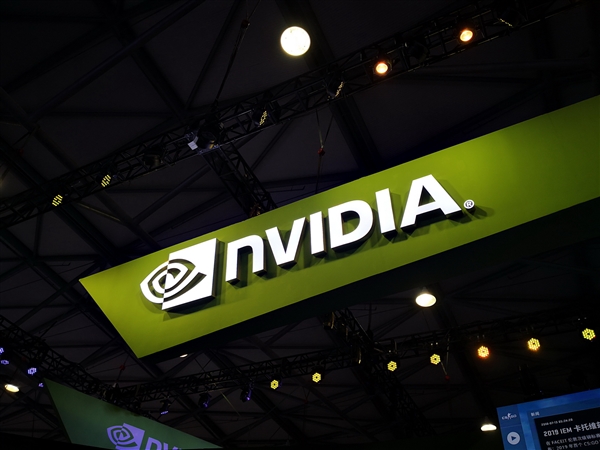
Time:2025-05-26Reading:1012Second
At Xiaomi's 15th anniversary strategic launch conference, Lei Jun brought us the latest and most powerful success of Xiaomi's self-developed chip: Xuanjie O1.
Since its publication, there has been ongoing debate about Xuanjie O1. Today we will use five questions to fully interpret Xuanjie O1.
1. Is Xiaomi Xuan Jie O1 self-developed?
Here we quote information from @ Geekerwan. On the metal layer of Xuan Jie O1, we can clearly see the Mark left by Xiaomi.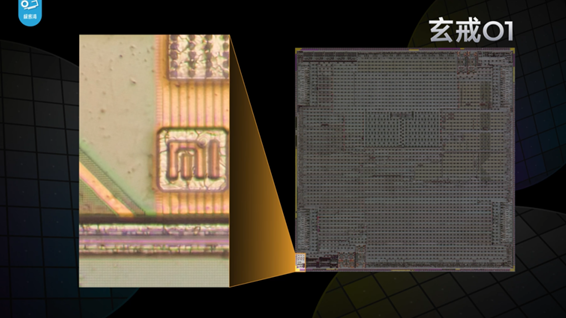
Secondly, at the Dieshot level, we can also see that the chip design of the Xuan Jie O1 is completely different from chips manufactured by TSMC such as the Dimensity 9400, Snapdragon 8 Ultimate Edition, and Apple A18 Pro. It can be concluded that the Xuan Jie O1 is not the result of purchasing finished products like the Google Tensor G series chips, but was designed by Xiaomi itself. However, due to technological and patent barriers, the Xuanjie O1 did not integrate a 5G baseband, but instead had an external MediaTek T800 5G baseband, that's all.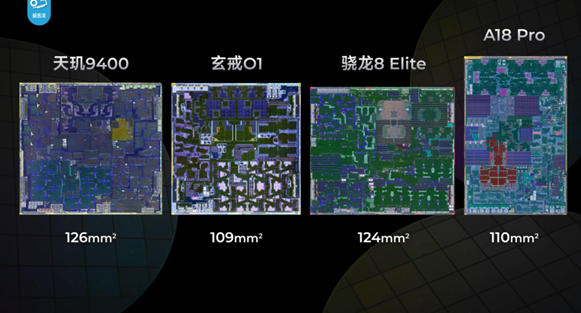
2. Can using ARM public architecture also be considered self-developed?
The answer is: Yes.
The ARM architecture is just a framework, making chips is not simply about choosing a certain architecture and stacking it, but requires engineers to do backend design. Comprehensive design, layout planning, placement, wiring, clock tree synthesis, timing optimization and verification, physical verification, and so on all require engineers' own efforts, and there is no reference answer to choose from.
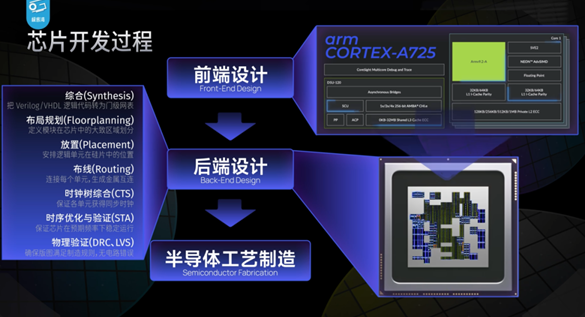
3. Is Xuanjie O1 really as impressive as it is exposed and hyped up?
Yes, brother, even more intense than exposure!
According to detailed testing by @ Geekerwan, the Xuanjie O1's CPU single core peak performance surpasses the Dimensity 9400 and approaches the Snapdragon 8 Ultimate Edition, while its multi-core peak performance surpasses the Dimensity 9400 and Apple A18 Pro.
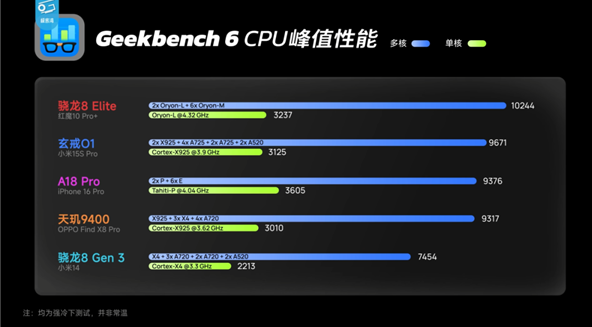
In terms of GPU, due to the lack of independent large SLC cache, the performance of Xuanjie O1 is slightly inferior to Snapdragon 8 Ultimate Edition and Dimensity 9400, but still surpasses Apple A18 Pro comprehensively.
4. Is using TSMC manufacturing also considered self-developed?
In fact, the solution of independently designing and outsourcing manufacturing is quite common in the chip manufacturing industry. AMD, Intel, and NVIDIA on the desktop have all experienced using TSMC's foundry technology, while Apple, Qualcomm, and MediaTek on the mobile side also use TSMC's mature 3nm process for foundry.
Using OEM is not necessarily self-developed. Before being sanctioned, Huawei was also cooperating with TSMC to produce flagship chips - pursuing advanced technology and independent chip design and development is not contradictory.
Last question: What does Xuanjie O1 represent?
As CCTV stated, the official launch of the Xuan Jie O1 represents Xiaomi becoming the fourth company after Apple, Qualcomm, and MediaTek to independently design and develop 3nm chips, and also the fourth mobile phone manufacturer after Huawei, Samsung, and Apple to independently design and develop chips.
A brand new chip brings not only an additional option to the market, but also represents the ability of domestic manufacturers to design their own chips and accumulate more experience for the semiconductor industry. Starting from designing chips, it gradually connects the entire chain of independent design and production.




